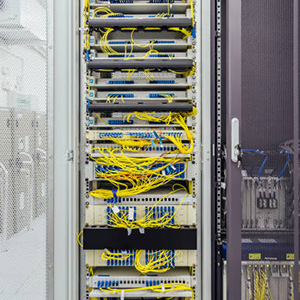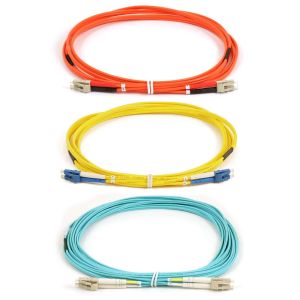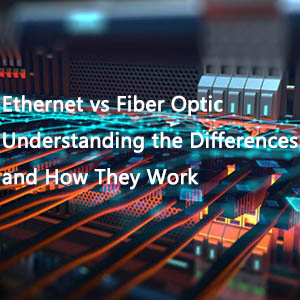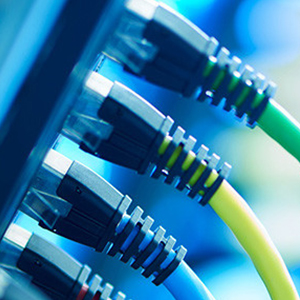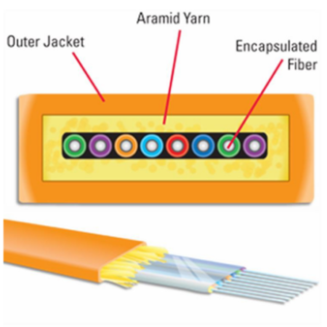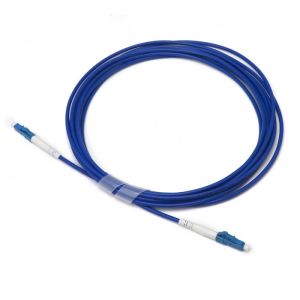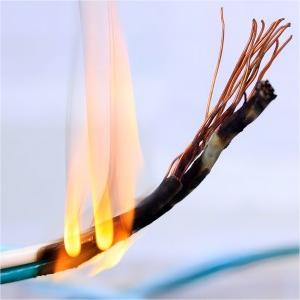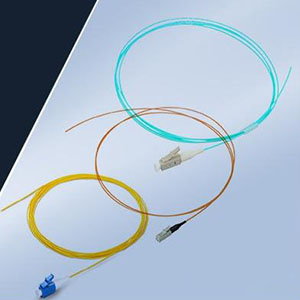The optical fibers in the fiber optic patch cord mainly include OM1, OM2, OM3, OM4 multimode and OS2 single mode. The connector types of the fiber optic patch cord also include SC, ST, FC, LC, MTRJ and E-multi. There is no fixed choice in actual application. So how to choose the right fiber optic patch cord for the network? You need to follow these 6 steps of fiber-life.
1. Choose the right connector type
Different connectors are used to plug into different devices. If the ports of the devices at both ends are the same, we can use LC-LC/SC-SC/MPO-MPO patch cords. If you want to connect different port type devices, LC-SC/LC-ST/LC-FC patch cords may be more suitable. Fiber-Life provides a variety of connector jumpers for customers to choose.
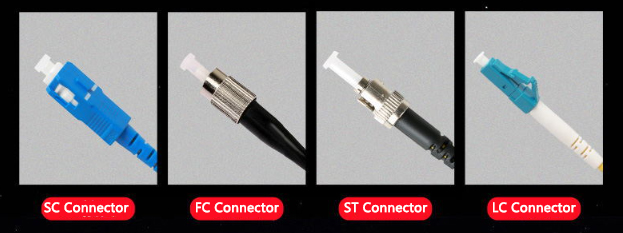
2. Choose single-mode or multi-mode optical cable type
Single-mode fiber optic patch cords use 9/125um optical fiber, and multi-mode fiber optic patch cords use 50/125um or 62.5/125um optical fiber. Single-mode fiber optic patch cords are mainly used for long-distance data transmission. Multi-mode fiber optic patch cords are mainly used for short-distance transmission. The sheath of a general single-mode fiber optic patch cord is yellow, while the sheath of a multi-mode fiber optic patch cord is orange or blue. Fiber-Life provides a variety of mode jumpers for customers to choose.

3. Choose simplex or duplex cable type
Simplex means that this fiber optic patch cord has only one optical cable and only one optical fiber connector at each end, which is used for bidirectional BIDI optical modules. Duplex can be seen as two fiber optic patch cords side by side, which are used for ordinary optical modules. Fiber-Life provides simplex or duplex jumpers for customers to choose.

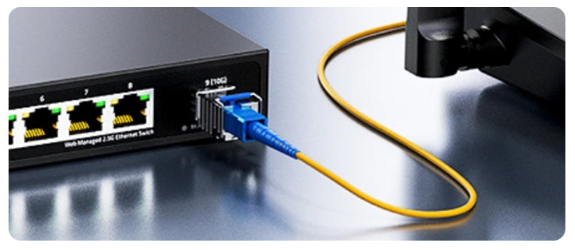
4. Choose the correct jumper length
Fiber optic patch cords are available in different lengths, usually 1m, 5m, 10m, 20m, 30m, 50m. The appropriate cable length should be selected based on the distance between the devices to be connected. Fiber-Life provides a variety of length jumpers for customers to choose.
5. Choose the right connector polishing type
Because the loss of APC connectors is lower than that of UPC connectors, generally, the optical performance of APC connectors is better than that of UPC connectors. Fiber-Life provides APC/UPC jumpers for customers to choose.
In the current market, APC connectors are widely used in applications such as FTTx, passive optical networks, and wavelength division multiplexing that are more sensitive to return loss. However, APC connectors are generally more expensive than UPC connectors, so you should consider whether you need APC connectors based on your actual situation.
For those applications that require high-precision fiber optic signals, APC should be a consideration, but other less sensitive systems will perform well with UPC. Generally, the color of fiber optic patch cords with APC connectors is green, while the color of UPC connectors is blue.
6. Choose the right fiber optic patch cord jacket
Generally, there are three types of patch cord jackets: PVC, LSZH, and OFNP. Fiber-Life provides a variety of jacket jumpers for customers to choose.
PVC patch cord sheath is the most common one: it has average fireproof ability and low price; LSZH patch cord sheath is made of low smoke halogen-free material, which is environmentally friendly and flame retardant, but the price is relatively expensive; OFNP patch cord sheath is flame retardant, this material will automatically extinguish when away from the fire source, the price is expensive, and it is suitable for large data centers.
In addition to the above three patch cords, there is another armored fiber patch cord. Its steel casing structure can well protect the fragile optical fiber and has strong bending resistance. This type of patch cord can withstand higher pressure, so they are suitable for wiring along the floor and other areas that may be stepped on. This type of fiber patch cord also has the advantages of strong wear resistance, pull resistance, and rat bite resistance.

